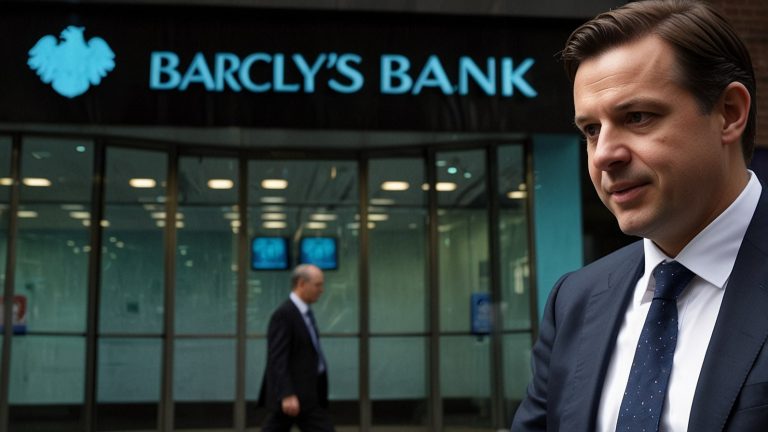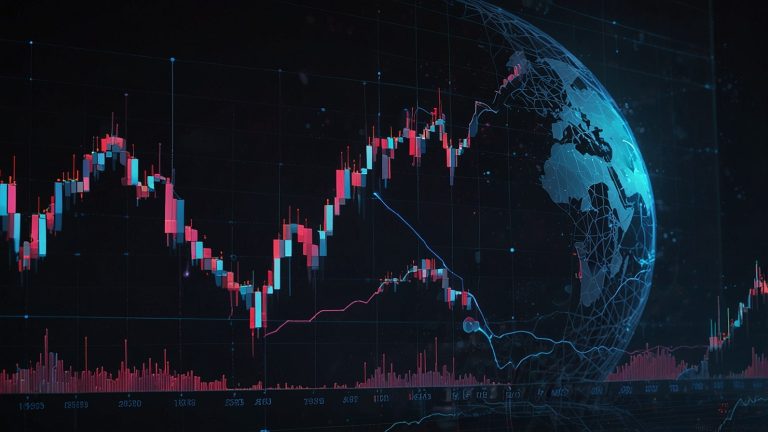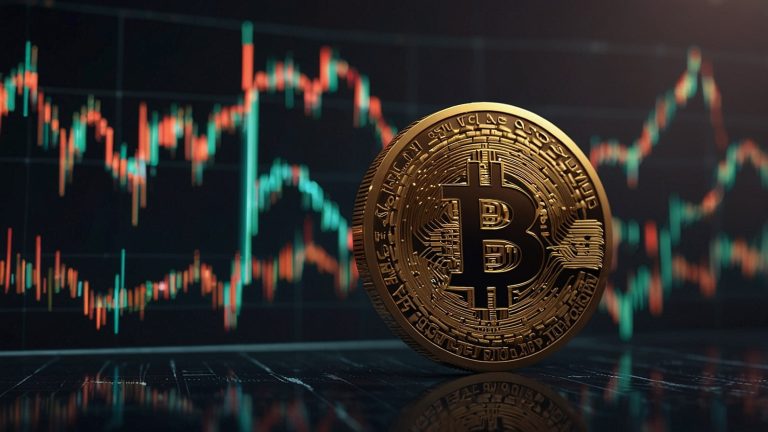Construction defects appear in even the most carefully planned projects. Property owners expect quality when they invest their money, but reality sometimes disappoints. Minor problems grow into expensive disasters while contractors deny responsibility and insurance companies question every detail.
This mess demands someone with sharp technical skills and years of experience. A residential construction expert witness steps in with specialized knowledge that most people simply don’t have. These professionals spend their careers learning where buildings fail and why.
Standard home inspections take three hours and focus on obvious issues. Expert witnesses spend days or weeks examining properties, using thermal cameras, moisture meters, and other specialized tools. They understand how buildings age, how materials behave under stress, and what warning signs reveal hidden damage.
The Defects That Hide in Plain Sight
Foundations Fail Slowly, Then All at Once
Foundation problems don’t announce themselves with dramatic collapses. They creep along as soil shifts, drainage fails, or poor construction catches up with physics. Hairline cracks widen into gaps. Doors stick. Floors slope.
A residential construction expert witness reads these signs like a detective examines clues. Different soil types behave differently—clay soils expand and contract with moisture changes, while sandy soils drain quickly but provide less support. Pier foundations fail differently from slabs. Each pattern tells a story about what went wrong and when.
Load-bearing problems hide even better than foundation issues:
- Support beams sag imperceptibly at first, then suddenly drop
- Roof trusses installed wrong may hold for years before failing
- Wall framing that barely meets code performs fine until a storm hits
- Inadequate connections between structural elements weaken gradually
Water Always Wins Eventually
Building envelopes have one job—keep water out. Yet moisture finds every weakness. Flashing installed incorrectly around windows creates pathways into walls. Roofing without proper underlayment lets wind-driven rain penetrate. Foundation waterproofing fails as materials age, and settlement creates new stress points.
Water damage spreads silently behind finished surfaces. Wood rots, insulation saturates, and mold grows. By the time stains appear on ceilings or walls, extensive damage already exists within the structure. A residential construction expert witness uses specialized equipment to map hidden moisture, revealing problems that visible damage only hints at.
Horizontal surfaces suffer the worst. Balconies and decks endure constant rain exposure while requiring perfect drainage and waterproofing beneath finished materials. Poor construction in these areas creates some of the costliest repairs. Sometimes, entire deck systems need removal and reconstruction when waterproofing fails beneath tile or composite decking.
Fire Safety Features That Exist Only on Paper
Building codes require specific fire safety features, but construction shortcuts create dangerous gaps. Fire blocking between floors should prevent flames from spreading through wall cavities, yet rushed schedules often lead to missing this critical element. A residential construction expert witness frequently discovers these omissions during investigations of other problems.
Garage fire separation represents another area where corners get cut. Fire-rated walls and doors between garages and living spaces protect residents, but improper materials or sloppy installation compromise these barriers. Electrical and plumbing penetrations through fire-rated walls need specific sealing that builders sometimes skip.
Mechanical Systems Installed Wrong From Day One
HVAC equipment sized incorrectly creates problems that persist for decades. Undersized systems run constantly, driving up bills while struggling to maintain temperature. Oversized systems, short-cycle, wasting energy, and failing to control humidity. Expert witnesses calculate what buildings actually need and compare that to what got installed—mismatches appear disturbingly often.
Ductwork hides defects behind drywall:
- Unsealed connections leak conditioned air into attics
- Undersized return pathways create negative pressure
- Compressed flexible duct restricts airflow
- Missing insulation on ducts wastes energy
Combustion appliances need proper venting, or carbon monoxide accumulates. Incorrectly sized vent pipes, missing caps, or inadequate combustion air supply all represent serious hazards that may not show symptoms immediately but pose significant long-term risks.
Electrical Problems Lurking Behind Walls
Thousands of connections exist in residential electrical systems. Each one becomes a potential failure point when installed poorly. Loose connections generate heat. Overloaded circuits trip breakers constantly—or worse, overheat without tripping at all. Amateur modifications compound original construction defects into dangerous puzzles.
Grounding systems protect people from shock, but only when installed correctly throughout the structure. Missing grounds at outlets create hazards during equipment failures. Unbonded metal can become energized. These problems don’t cause obvious issues during regular operation, making them particularly dangerous when they finally do fail.
How Expert Witnesses Actually Work
Methods That Go Beyond Surface Inspections
Professional investigations start before anyone visits the property. Residential construction expert witnesses review plans, permits, inspection records, and contracts. This paper trail often shows when problems began or when construction methods changed mid-project.
Site visits follow methodical patterns developed through experience. Experts examine related systems, not just areas where owners report problems. A roof leak investigation includes checking attic ventilation because condensation can mimic leaking. Wall cracks prompt foundation examinations since settlement often shows as cosmetic damage first.
Technology Makes the Invisible Visible
Thermal cameras revolutionized defect detection by revealing temperature patterns invisible to the naked eye. These patterns indicate missing insulation, air leaks, or hidden moisture. Moisture meters range from simple devices to sophisticated scanners that measure humidity deep within walls. High readings flag water intrusion or condensation issues.
Structural tools quantify what eyes only estimate. Laser levels reveal floor slopes from foundation settlement. Digital devices measure beam deflection accurately. These measurements transform subjective observations into objective data.
Testing When Observation Isn’t Enough
Sometimes samples need laboratory analysis. Concrete cores undergo compression testing to verify strength. Steel receives metallurgical analysis to confirm proper grades. Paint undergoes adhesion testing to evaluate application quality.
Suspected mold requires environmental testing. Air samples identify species and concentrations, determining whether remediation becomes necessary. These tests establish baselines before cleanup and verify success afterward.
Making Technical Information Understandable
Technical expertise means nothing if judges and juries can’t understand it. Residential construction expert witnesses translate complex building science into accessible language without oversimplifying.
Visual aids help tremendously. Annotated photographs highlight specific problems. Diagrams show how systems should work versus how defective installations actually perform. Charts compare conditions against standards, making deviations obvious even to technical novices.
Written reports document everything found during investigations. They need enough detail to be thorough but enough brevity that busy lawyers actually read them. Clear organization helps readers follow reasoning from observations through analysis to conclusions.
Staying Objective in Adversarial Settings
Expert witnesses serve truth, not the parties paying them. This proves challenging when attorneys expect complete support for their theories. A residential construction expert witness must resist pressure to overstate conclusions or ignore inconvenient evidence. Professional integrity requires acknowledging uncertainties even when that creates tactical disadvantages.
Opposing lawyers will test credibility during cross-examination. They probe qualifications, question methods, and challenge conclusions. Preparation helps experts anticipate attacks while maintaining composure. Practice sessions help develop clear, confident responses to hostile questioning.
Why This Expertise Matters
Residential construction expert witnesses transform confusing damage into clear explanations of what happened and who’s responsible. Their investigations prevent injustice by ensuring accountability falls on truly responsible parties while protecting innocent ones from unwarranted blame.
Early expert involvement saves money and preserves evidence that might otherwise deteriorate. The investment in thorough analysis today prevents vastly greater expenses tomorrow while ensuring repairs address root causes rather than just symptoms that will inevitably return.












 Bitcoin
Bitcoin  Ethereum
Ethereum  Tether
Tether  XRP
XRP  USDC
USDC  Wrapped SOL
Wrapped SOL  TRON
TRON  Lido Staked Ether
Lido Staked Ether  Cardano
Cardano  Avalanche
Avalanche  Toncoin
Toncoin